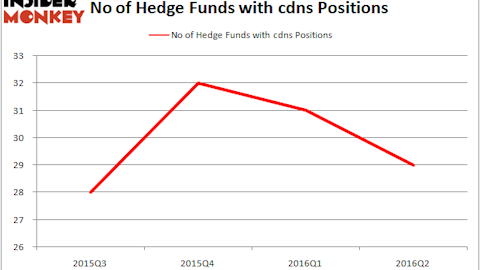Investors who have entered the retirement phase of their life cycle or place great importance on income often have tunnel vision for high yield investments. In the majority of portfolios that I review, the most commonly chosen stock funds are all factoring for companies with the highest yields. Yield is inexplicably viewed as an important characteristic and has also been linked to a sense of safety or lower volatility.
The concern with overemphasizing this trait is that it tilts the portfolio towards a specific bias. There is now a greater need for this certain group of stocks to perform up to or above the total market. Furthermore, this chase for yield over the last half decade has created lofty valuations in high dividend-paying stocks relative to other opportunities with potentially more attractive qualities.
There are a variety of ways that investors can mitigate this myopic focus. One option is to supplement high dividend yield funds with a typical broad-market index to help balance both sector and market cap exposure. Another option to consider is adding a separate factor-based strategy that complements your existing exposure. That may include stocks with certain quality, size, value, or even dividend growth characteristics.
Dividend growth is an area of the market that is frequently misunderstood by investors. It’s natural to assume the meaning behind this phrase relates to a similar high payout ratio. However, these stocks are focused on modestly increasing their dividend payments year after year regardless of exogenous factors.
There are stocks in this category that have been doing this for decades and have strong balance sheets to prove it. The current yields may not have the same eye-popping statistics as their peers. However, there is a case to be made for the variant exposure these indexes can provide to complement a diversified income portfolio.
By far the largest exchange-traded fund in this category is the Vanguard Dividend Appreciation ETF (NYSEARCA:VIG), which has over $21 billion in total assets. This ETF tracks a basket of 185 large-cap stocks with a history of annual dividend increases. VIG charges a measly 0.09% annually to access this portfolio and the current 30-day yield is listed at 2.17%.
Microsoft Corporation (NASDAQ:MSFT), Johnson & Johnson (NYSE:JNJ), and PepsiCo, Inc. (NYSE:PEP) mark the top three holdings in this fund. It’s also worth noting that the consumer staples and industrial sectors represent 46% of the total exposure in VIG.
Another top example of this strategy is the ProShares S&P 500 Dividend Aristocrats ETF (NYSEARCA:NOBL). This fund has $2.4 billion dedicated to a small group of just 40 large-cap stocks from the S&P 500 Index that have raised their dividends for at least 25 consecutive years. Each underlying company is equal weighted with a similar distribution of capital.
For those who want a somewhat more diverse approach, the ISHARES CORE DIVIDEND GROWTH ETF (BMV:DGRO) or WISDOMTREE US QUALITY DIVIDEND GROWTH FUND (BMV:DGRW) may be appealing. DGRO owns over 400 stocks across multiple sector and market capitalizations, while DGRW is home to 285 U.S. companies. It’s worth noting that DGRW considers earnings growth as a quality screen and weights its constituents according to their dividend payouts.
The Bottom Line
At the end of the day, dividend growth should be viewed as a screening factor based on quantitative characteristics of publicly traded companies. In my opinion, this category allows ETF investors to stay within the dividend and income theme, while emphasizing an attractive characteristic to diversify their stock exposure.
It can be used as for as either a tactical allocation for a more concentrated portfolio or as a core building block utilizing ETFs with a larger set of underlying holdings.
Note: This article is written by David Fabian and was originally published on the FMD Capital Management blog. FMD Capital Management is a fee-only investment advisor which provides daily updates on ETFs, portfolio strategies, and market insights. Contact them for a free portfolio review.






